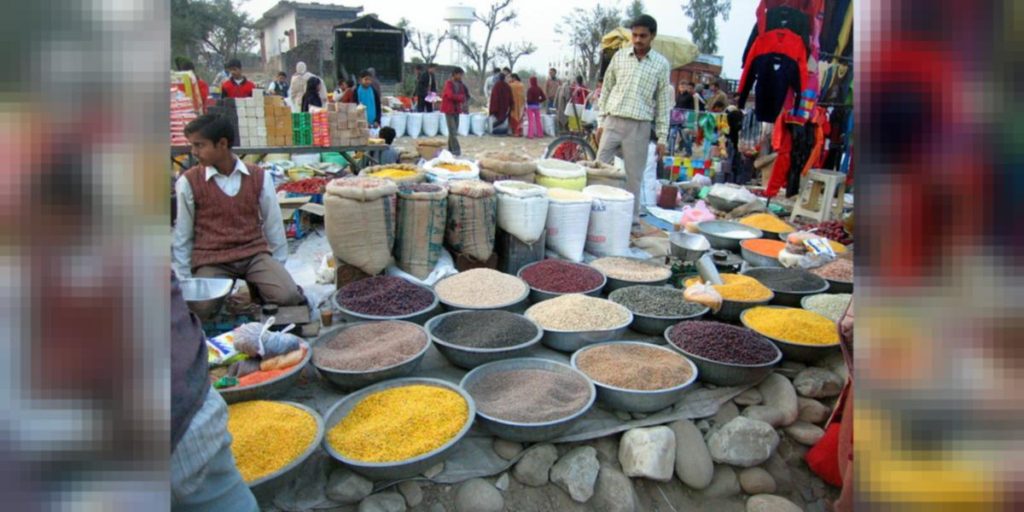A paper published by the International Food Policy Research Institute and reported on by news outlets including The Hindu has noted that three out of four Indians living in villages cannot afford diet which can be considered nutritious.
India has ranked 94 among 107 nations in the Global Hunger Index 2020 and is in the ‘serious’ hunger category. Experts have blamed poor implementation processes, lack of effective monitoring, a siloed approach in tackling malnutrition and poor performance by large states.
Published in the peer-reviewed journal Food Policy, this latest paper, titled Affordability of nutritious diets in rural India, is written by the Institute’s economist Kalyani Raghunathan and researcher Derek D. Headey, along with senior researcher Anna Herforth.
The paper arrives at the conclusion that ‘malnutrition is endemic in India,’ based on information on rural food price and wages gleaned from the 2011 National Sample Survey. The writers use this data to arrive at “the least cost means of satisfying India-specific dietary recommendations…and assess the affordability of this diet relative to male and female wages for unskilled labourers.”
In spite of the fact that, “in 2015-16 some 38% of preschool children were stunted and 21% were wasted, while more than half of Indian mothers and children were anaemic,” the paper finds that “surprisingly few” discuss the role of diets, particularly the affordability of nutritious diets in India.
Last year, India’s rank was 102 out of 117 countries in the Global Hunger Index.
Neighbouring Bangladesh, Myanmar and Pakistan too were in the ‘serious’ category but ranked higher than India in this year’s hunger index. While Bangladesh ranked 75, Myanmar and Pakistan were in the 78th and 88th position respectively.
Nepal in 73rd and Sri Lanka in 64th position were in ‘moderate’ hunger category, the report showed.
Among stiff problems that lend themselves to the appalling diet scenario in rural India are low wages and the significant structural problems facing India’s agricultural sector, the paper posits.
In spite of costs of diet increasing in the period between 2001 and 2011, the authors of the paper write that rural wages have also increased in that time. “However, in absolute terms nutritious diets in 2011 were still expensive relative to unskilled wages, constituting approximately 50-60% of male and about 70-80% of female daily wages” of MGNREGA workers.
The paper finds that considering the number of dependents in average rural household and other non-food expenses, “45-64% of the rural poor cannot afford a nutritious diet that meets India’s national food-based dietary guidelines.”
Significantly, the paper calls for heightened awareness of nutritional requirements in policy making “and to shift India’s existing food policies away from their heavy bias towards cereals.”
According to The Hindu, the approach of the writers and their decision to focus on food items like dairy, fruit and vegetables, and their availability among unskilled workers helps in offering a clearer picture of India’s food realities, unlike the Economic Survey’s ‘Thalinomics’, “which provided a rosier picture of meal costs.”
(Courtesy: The Wire.)




